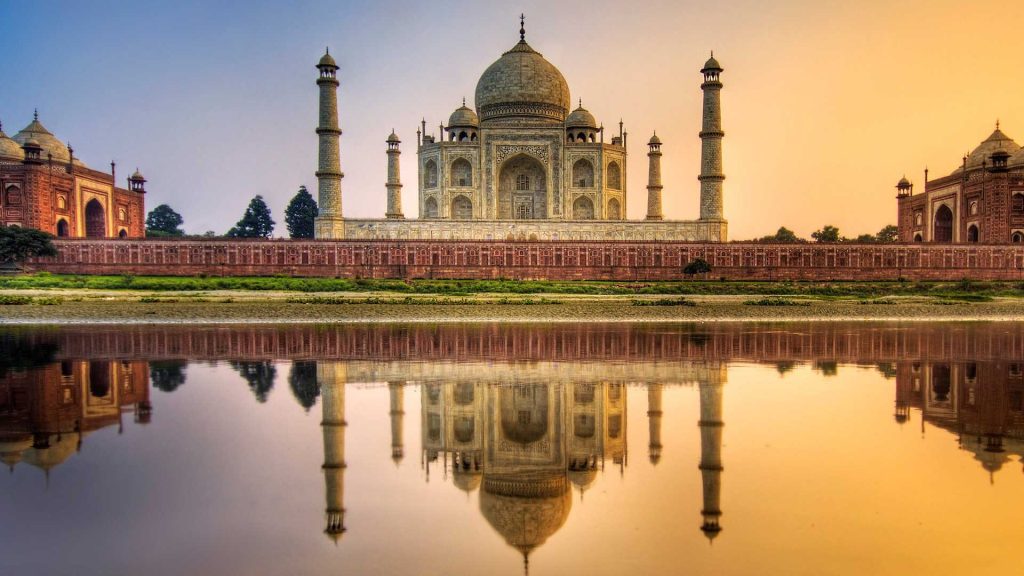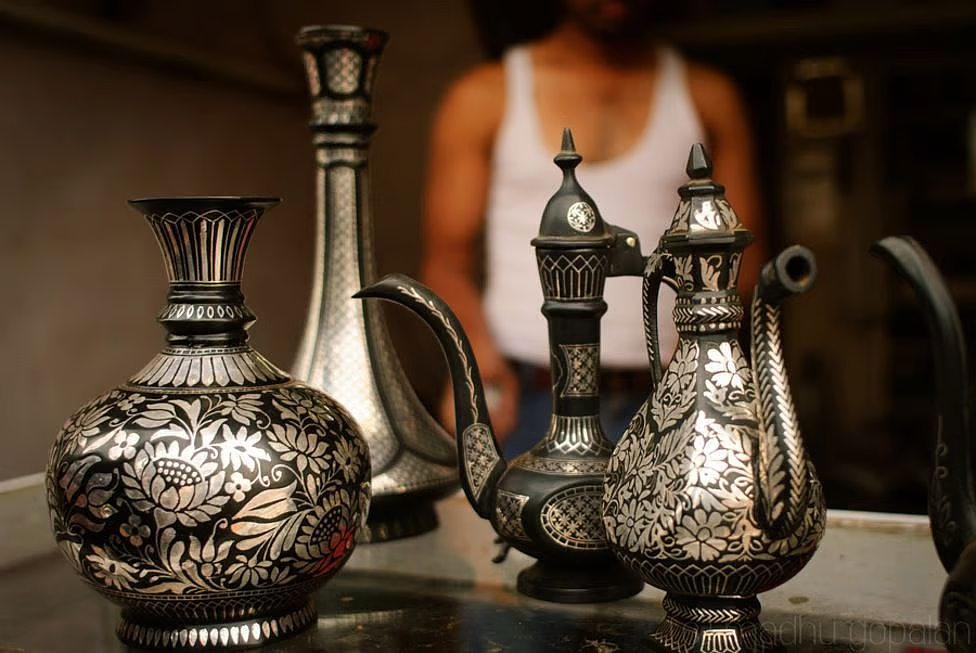
Uttar Pradesh (UP) is a state in northern India and is one of the most historically significant and culturally rich regions in the country.
Uttar Pradesh is located in the northern part of India and is bordered by Haryana, Delhi, Rajasthan, Madhya Pradesh, Chhattisgarh, Bihar, and Nepal. The state is predominantly landlocked and has a diverse geographical landscape ranging from the foothills of the Himalayas in the north to the fertile plains of the Gangetic basin in the south.
The capital city of Uttar Pradesh is Lucknow, known for its Mughal and Awadhi heritage. However, the state’s largest city is Kanpur, an industrial hub. Hindi is the official language of Uttar Pradesh. However, various dialects like Awadhi, Braj, Bhojpuri, and Bundeli are also widely spoken in different regions of the state.
Historical Facts of Uttar Pradesh
Ancient Period:
- Uttar Pradesh has been at the center of several major ancient Indian civilizations. The region was part of the Indus Valley Civilization (around 3300 BCE to 1300 BCE), with archaeological evidence found in places like Lahuradewa (in present-day eastern UP).
- The Vedic Period (1500 BCE – 500 BCE) saw the establishment of important kingdoms in this region, including the Kosala and Kashi kingdoms. Ayodhya (in modern-day UP) is considered the birthplace of Lord Rama, one of the central figures of Hindu mythology.
- Mathura and Vrindavan, in modern-day Uttar Pradesh, are key locations in the life of Lord Krishna and are major pilgrimage destinations for Hindus.
Maurya and Gupta Periods:
- Uttar Pradesh was a part of the Maurya Empire under Emperor Ashoka (around 268 BCE – 232 BCE), which saw the spread of Buddhism across the region. Ashoka’s Kushinagar, where Lord Buddha is believed to have attained nirvana, is one of the four main Buddhist pilgrimage sites.
- The Gupta Empire (around 4th to 6th century CE) also had a strong presence in Uttar Pradesh, with important developments in science, mathematics, and arts during this period. Kanauj, in western Uttar Pradesh, was an important cultural and political center during this time.
Medieval Period:
- The region became an important part of the Delhi Sultanate (1206-1526), which laid the foundations for the Mughal Empire. Uttar Pradesh’s cities like Delhi, Agra, and Fatehpur Sikri were major centers during this era.
- Agra became the capital of the Mughal Empire under Emperor Akbar in the late 16th century. The iconic Taj Mahal, built by Emperor Shah Jahan in memory of his wife Mumtaz Mahal, stands as a testament to Mughal architecture and is located in Agra.
- Lucknow emerged as an important cultural and political center during the rule of the Nawabs of Awadh (Oudh). The region became famous for its refined culture, including the arts of poetry (especially Urdu poetry), music, dance, and cuisine.
Colonial Period:
- During British colonial rule (1858-1947), Uttar Pradesh was part of the North-Western Provinces and later became the United Provinces of Agra and Oudh.
- The state played a significant role in the Indian Rebellion of 1857 (also known as the First War of Indian Independence). The rebellion was especially strong in cities like Meerut, Kanpur, and Lucknow, with intense battles and uprisings against British rule.
- Following the defeat of the rebels, the British took direct control of the region, and the state became part of the British Indian Empire.
Post-Independence:
- After India gained independence in 1947, Uttar Pradesh became one of the newly formed Indian states. The state played a significant role in post-independence politics, with many prominent leaders emerging from the region, such as Jawaharlal Nehru, the first Prime Minister of India, who hailed from Allahabad (now Prayagraj).
- The state’s economy, largely based on agriculture, continued to grow through the 20th century, although it faced challenges related to industrialization, education, and infrastructure development.
Cultural Significance
- Uttar Pradesh is the birthplace of several prominent religious figures, including Lord Rama, Lord Krishna, and Buddha. Its spiritual and religious significance is immense for Hindus, Buddhists, Sikhs, and Jains.
- The state is known for its unique cultural contributions in the fields of literature, music, dance, and fine arts. The classical dance form of Kathak originated in this region.
- The state also hosts the Kumbh Mela in Prayagraj (formerly Allahabad), which is the largest religious gathering in the world and draws millions of pilgrims and tourists.
Economic Significance
- Uttar Pradesh is primarily an agricultural state, with crops such as wheat, rice, sugarcane, and potatoes being some of the main products. It is one of the largest producers of sugarcane and wheat in India.
- The state also has a growing industrial sector, with industries such as textiles, handicrafts, and food processing playing a significant role in its economy.
Key Tourist Attractions
- Taj Mahal in Agra: A UNESCO World Heritage site, the Taj Mahal is one of the Seven Wonders of the World.
- Kashi Vishwanath Temple in Varanasi: An important pilgrimage site for Hindus, this temple is dedicated to Lord Shiva.
- Bodh Gaya in Gaya (Bihar), near Uttar Pradesh, is where Lord Buddha attained enlightenment, making it a significant site for Buddhists.
- Fatehpur Sikri: A UNESCO World Heritage site and former Mughal capital.
Uttar Pradesh continues to play a
crucial role in shaping India’s history, culture, and future. Its rich
heritage, vibrant traditions, and spiritual significance make it an essential
part of the nation’s identity.
INDIAINNINGS
Campaigns
- Diwali Special
- Independence Day Celebrations
- Holiday on Holi day
- New Year Specials
Help
- Order Tracking
- Terms & Conditions
- Privacy Policy
- Tutorials
- FAQ
Help
- Facebook Chat
- Whatsapp Help
- E-mail Support
- Contact



